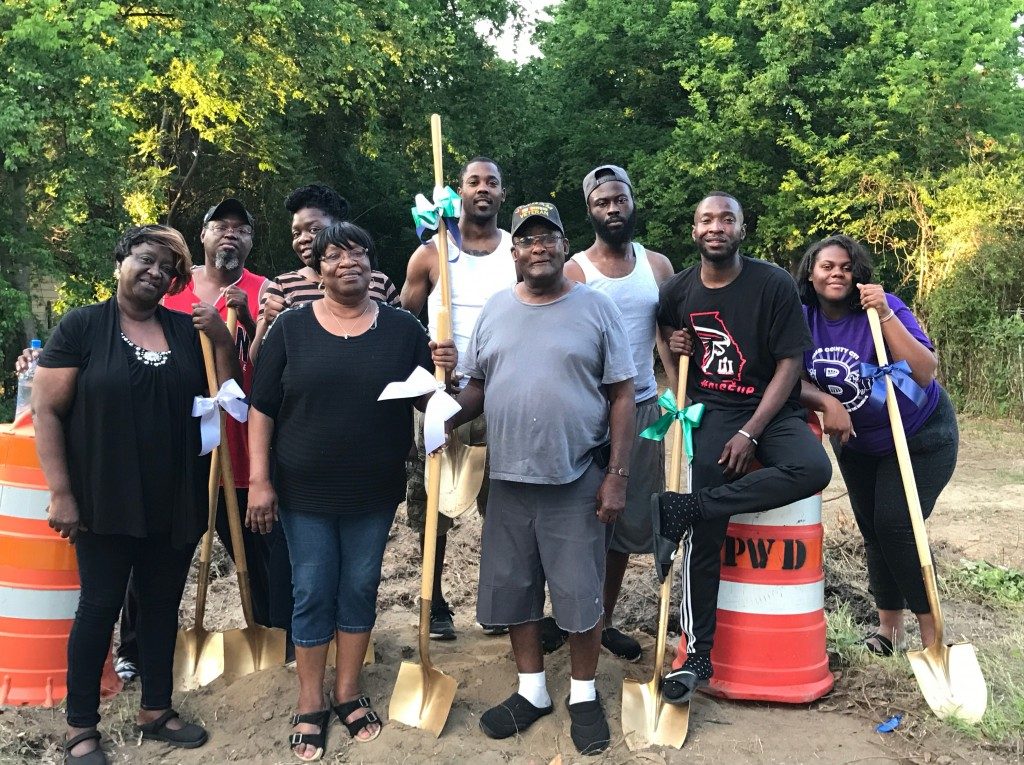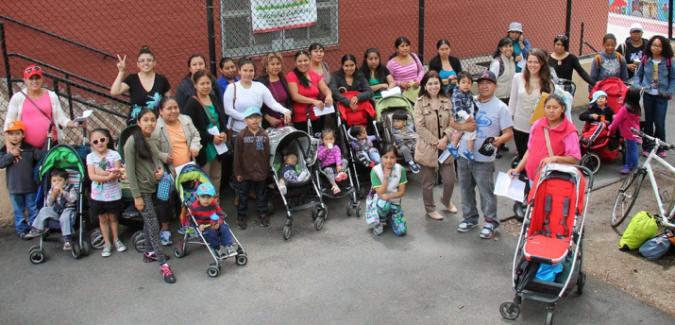Over 15 million households in America experience periodic food insecurity. That means over 12 percent of our population, at any given time, does not have enough food to meet their needs, or is uncertain they will be able to get enough.
The United Nations defines food security by these four dimensions:
- Physical availability of food
- Economic and physical access to food
- Food utilization (diversity of diet, knowledge of good preparation practices, and appropriate distribution of food within a household)
- The stability of these three dimensions over time
Food insecurity exists for many reasons, including:
- Structural racism: Food insecurity rates in black, Hispanic, and Native American households are at least twice as high as in white households.
- Gender inequality: Single-parent, female-headed households are much more likely to be food-insecure than single-parent, male-headed households—and American women still only earn, on average, between 57 and 80 cents for every dollar their male counterparts make.
- Political-agricultural practices: Government subsidization of “commodity crops” like corn reduces the amount of land available to grow more diverse and nutritious foods, as well as the economic viability of farmers to do so.
- Poverty: Monetary factors from income to assets to unemployment influence people’s ability to easily and reliably access enough nutritious food to be active and healthy.
The effects of food insecurity are likely what you’d imagine. Some of the most troubling are psychological stress that can bring on anxiety and depression; chronic illnesses like diabetes and high blood pressure; and increased risk of developmental and behavioral problems in children. However, what food insecurity looks like can be surprising. For example, food insecurity among U.S. college students is steadily on the rise.
The fact that food insecurity is the result of many complex and overlapping factors makes it a vexing problem—but it also means we can tackle it from many different angles. At ioby, we’re particularly fond of local approaches to food insecurity: improvements and solutions that are conceived, implemented, and stewarded by neighborhood leaders who know firsthand the challenges their community faces and how best to address them.
Here are five excellent food security projects that are helping to revive and sustain food insecure communities, from the ground up.
1. Opening a food coop in a food desert: Mandela Foods Cooperative. Ten years ago, the neighborhood of West Oakland, California, was home to 50 liquor stores but zero full-service grocery stores. Residents sick of the shoddy food selection organized to open a health food store that’s brought affordable fresh produce, employment opportunities, and a social hub to the community, among other benefits. Extra cool: Mandela is worker-owned, black-owned, and poised to expand into a new space twice its original size this year.

2. Resurrecting large-scale community agriculture: Georgia’s First Urban AgriHOOD. Southside Macon, Georgia, native and ioby Leader Danny Glover is spearheading the redevelopment of twelve disused parcels of neighborhood land into five acres of fertile urban farmland. According to Glover’s early estimates, the collard greens, cabbage, carrots, okra, fruit trees, and more that his “agrihood” can grow will keep 2,500 people in fresh produce year-round.
3. Establishing a green market presence: GrowNYC’s Greenmarket program. When regular, outdoor farmers markets are operated as a shared community activity, resource, and gathering place, they can help boost the mental and physical health of residents in neighborhoods with few other fresh food options—as well as offer a new source of pride. Michael Hurwitz, director of NYC’s Greenmarket program, remembers: “[In one NYC neighborhood] we were warned by the police and encouraged to find another location. We chose to remain and to bring the type of community interactions that people would rally around. After several weeks the mobile police tower was removed and that location became known for its produce, not its problems.”

4. Connecting the dots of food insecurity: Cada Paso. In the Manhattan neighborhood of East Harlem, Cada Paso organizes monthly walking tours of the area’s health resources, led by volunteer health providers who discuss topics of participants’ choosing. On its nutrition walk, for example, parents and kids learned about eschewing sugar-added food and beverages in favor of buying fresh fruit, then walked to a farmers market where they could spend Health Bucks. We’re proud to say Cada Paso raised over $10,000 on ioby last year for their 2018 programming!
5. Growing food justice from the grassroots: Community Services Unlimited (CSU). Since 1977, Los Angeles-based CSU has been fighting food insecurity through a suite of effective programs, including From the Ground Up, a youth training internship that’s helping to develop the next generation of food and social justice leaders; Growing Healthy, which teaches younger kids about nutrition and the basics of food security and justice; and the Village Market Place, which offers job training opportunities while purchasing organic produce from small regional farming families of color and selling it to local chefs, markets, schools, and more.
The best line item yet: this list is just the beginning! There are countless more good efforts underway to battle food security, access, and education deficits nationwide. Can we add yours to the list?
If you have an idea to elevate the health of your community by supporting increased food security, let us know! We want to help you bring it to life.